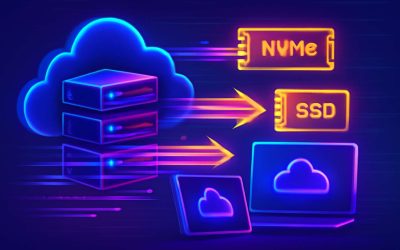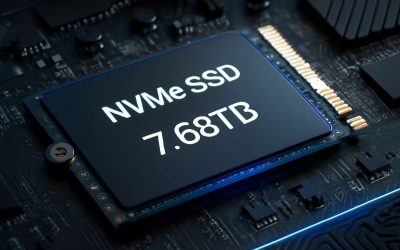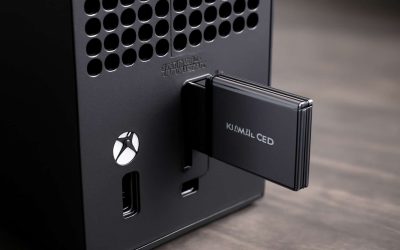
A storage device is a computing hardware that is used to store information, whether temporarily or permanently. It may be external or internal to a computer, server, or other computer system.
Storage devices are designed to store data in a variety of ways and on different types of media, including magnetic tape and optical discs. They are often found in computers and other computer systems as well as mobile phones, digital cameras, printers, and other electronic devices.
There are many types of storage devices, ranging in capacity from very small to enormous and spanning various types of media, including floppy disks, CD’s, DVD’s, Blu-Ray Discs, hard drives, flash memory, and even contactless smart cards. It’s important to understand the different types of storage devices and their uses so that you can select the right one for your needs.
Solid state drives (SSDs) are a type of storage that utilizes NAND flash memories. They are extremely fast and efficient, with no mechanical moving parts. They’re becoming increasingly popular, especially in portable devices like laptops and smartphones.
Object storage is another common type of storage, allowing organizations to use a virtual environment to store large amounts of unstructured data, which can be accessed through the internet. It is scalable (up to petabytes) and ideal for cloud-native, AI, and big data applications.
The first storage devices were primitive mechanical systems based on items like punch cards and later, magnetic tape. These were eventually replaced by digital media like floppy disks and compact disks.
While floppy disks were the first portable storage media, they quickly faded into obscurity when other storage options came along. A CD can store up to 700 MB of data, while DVD-DL can hold up to 8.5 GB and Blu-Ray can store up to 128 GB of data.
Other types of storage include magneto-optical discs, which used lasers to heat up the bits on a disc, causing them to change their polarity according to what was written. They were more efficient than CD/RWs and DVD-RAMs, and were faster to write and read.
These discs are still in use, however they’re no longer the primary storage option for consumers. The most common storage devices today are USB flash drives, SSDs, and hard drives.
Newer and more efficient devices are being developed all the time, with some older technologies being reworked to offer higher capacity. For example, NVMe is a recently introduced storage technology that offers a high-speed alternative to traditional HDDs.
Cloud storage is also an emerging option that allows users to store data in a cloud instead of on a physical hard drive. The advantage of this is that it doesn’t require an additional hard drive to support the data, reducing the total cost of ownership and increasing the number of users that can access the data in real-time.
Other storage types include network-based storage, which is a centralized repository of data that can be accessed by multiple users on networked computers or other devices. This type of storage is a great alternative to direct-attached storage (DAS) for backups, disaster-recovery and other applications that involve a lot of frequent data movement.



0 Comments